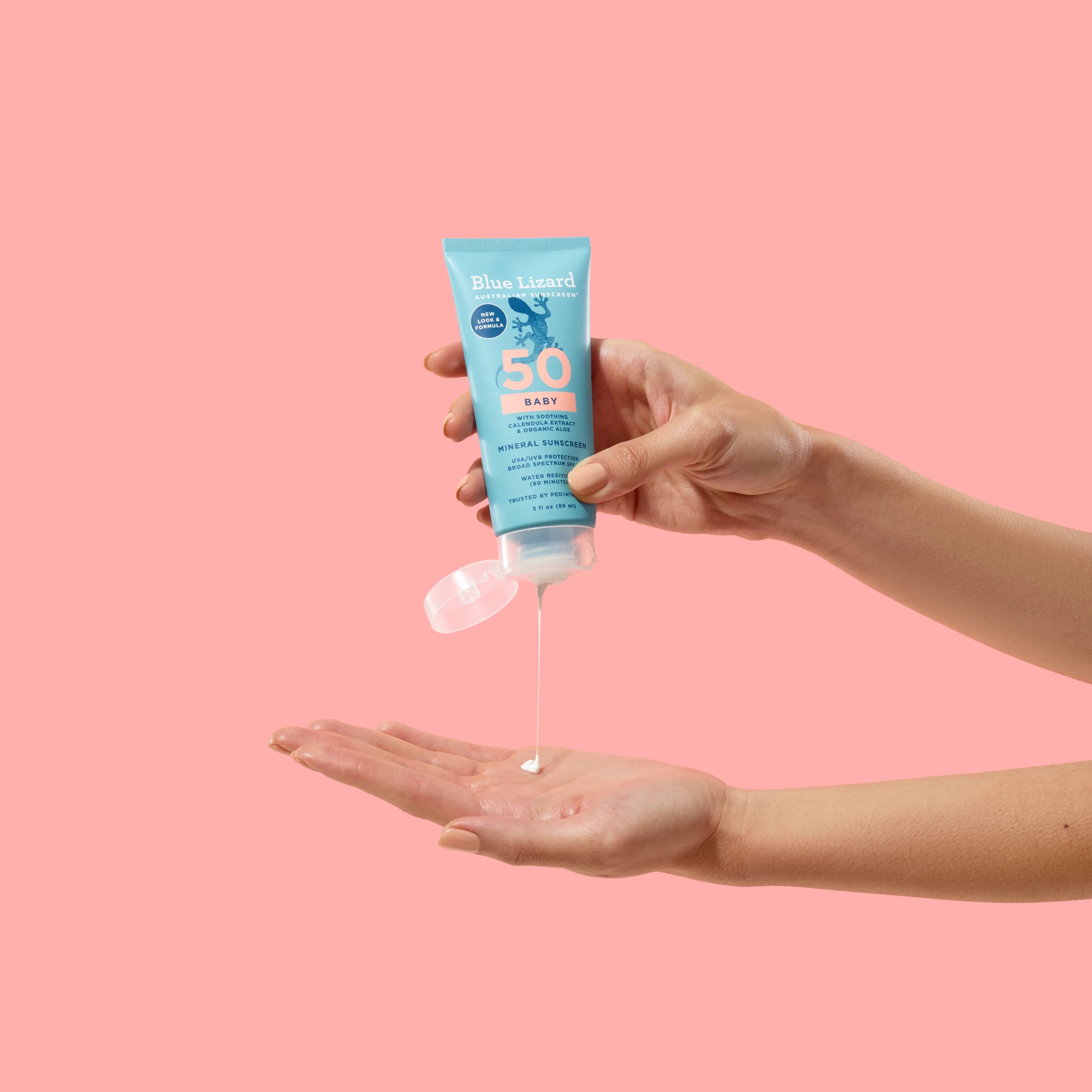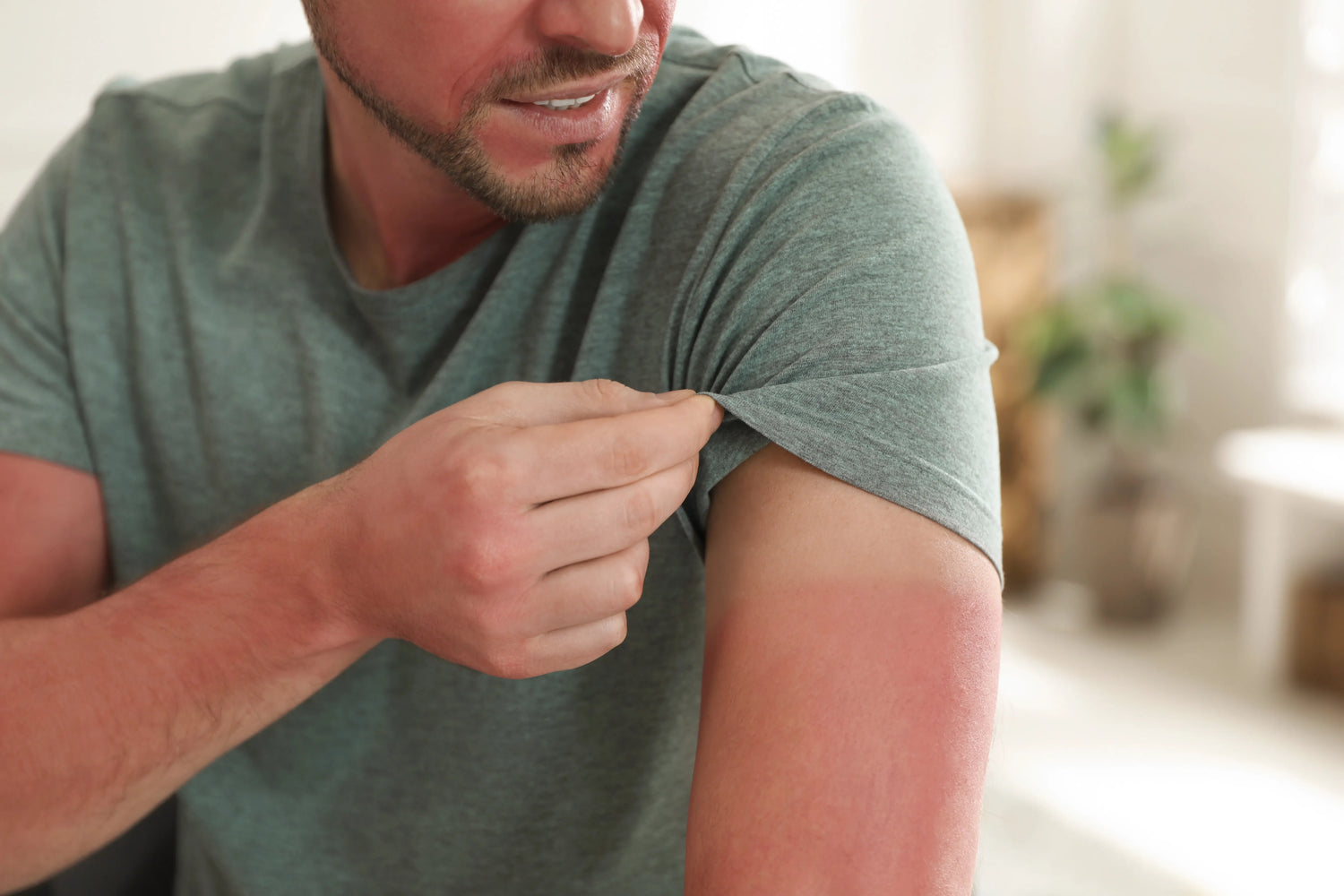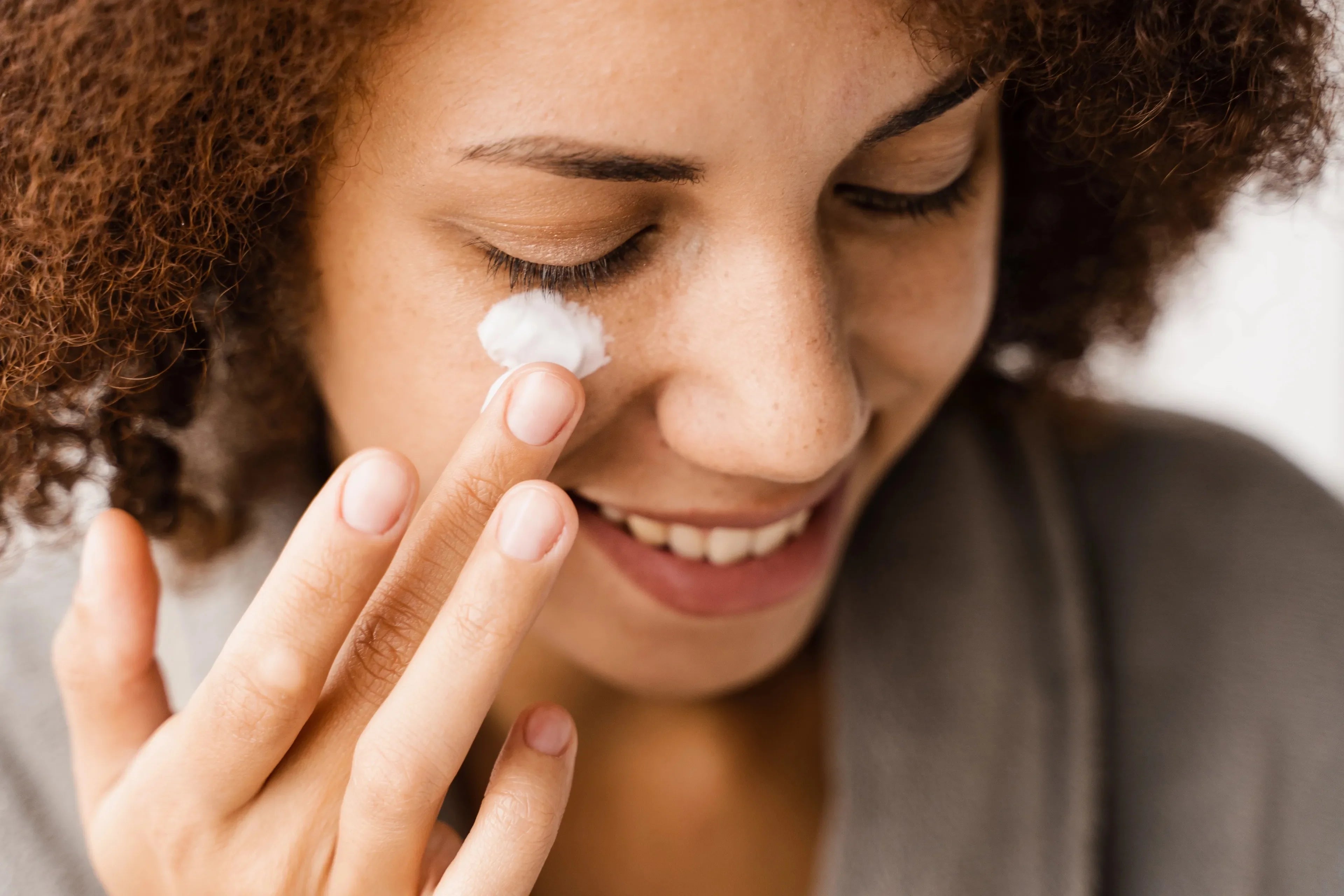Tips For Feeling Better When You Have a Sunburn
Many people see sunburns as the summer's necessary evil, but that doesn't have to be true. Sunburns are more than a painful inconvenience; getting multiple sunburns when you are younger increases your risk for skin cancer in the future.
While the best thing you can do for a sunburn is to prevent it from happening in the first place, taking the right steps to soothe a sunburn can help your skin feel better faster.
Types of Sunburn
Did you know that you can get a sunburn in as little as 15 minutes? Sunburns are caused by unprotected exposure to UVB rays. Your skin produces melanin as a defense against the rays, but too much exposure can overpower your skin's defenses and cause it to form first—and even second—degree burns.
|
First Degree Sunburn |
Second Degree Sunburn |
|
In a first degree sunburn, blood rushes to capillaries close to the skin’s surface, giving the burn its tell-tale redness. At this point, the sun has physically burned your skin, and further exposure will cause more damage. |
A second degree (a.k.a. moderate) not only reddens skin but also causes it to blister. With this type of sunburn, you should contact a physician for treatment recommendations. |
Sun Poisoning
If a sunburn is severe enough, you may experience flu-like symptoms, such as headache, nausea and fever. If you have these symptoms, you may have developed sun poisoning. While sunburn symptoms show up shortly after exposure, it can take more than a day for the symptoms of sun poisoning to show. Contact a physician immediately if you think you have sun poisoning.
How to Soothe a Sunburn
1. Take a cold shower or a cool bath.
This will help alleviate the burning sensation associated with sunburn. It will also help cool you down, as sunburned skin is usually warm and uncomfortable.
2. Apply aloe vera gel
The oils in aloe vera soothe the skin, helping to alleviate the burning sensation. If you have an aloe vera plant handy, you can cut the leaves open and use the oils inside as a natural aid.
3. Leave blistered skin alone.
If your sunburn blisters, do your best not to scratch or pop them. The skin below is sensitive and prone to infection. If the blisters do pop, keep the area clean and covered with a sterile bandage.
4. Reduce swelling with anti-inflammatory painkillers.
If your sunburn is severe, anti-inflammatory painkillers, such as ibuprofen or naproxen, can reduce pain and swelling, but be sure to avoid sunlight. Medications like ibuprofen may help you feel relief, but they can make you more sensitive to the sun, so be sure to avoid further exposure to UV light.
As always, ask a doctor or pharmacist if you have any questions about how anti-inflammatory painkillers may react with other medications you take, and talk to your pediatrician before giving any medications to children.
5.Stay hydrated.
You should already be drinking plenty of water if you plan on being outside in the sun, but it is important to stay hydrated after you develop a sunburn. Because exposure to the sun causes you to lose fluids at a higher rate than normal, you may notice you need to drink more water than usual to stay hydrated.
6. Cover up to prevent the burn from getting worse.
Drape a towel over the affected area immediately after noticing the burn. As the area heals, be sure to wear clothing that will keep it covered.
7.Make sun safety a part of your routine.
Each sunburn you get increases your chance of developing skin cancer later in life, and more severe burns increase your risk chance even more. Making sun safety a part of your daily routine can help prevent sunburns.
Preventing Sunburn
The best thing you can do for a sunburn is ensure that you don’t get one in the first place. Applying sunscreen, wearing sun protective clothing (like long sleeve shirts, pants, hats and sunglasses) and seeking shade during midday peak sun hours are quick and effective ways to practice sun safety.
Learn more ways to keep your family sun safe here.
Further reading:
Learn how mineral sunscreens protect skin from UV rays here
Read more about treating a sunburn from Mayo Clinic
Learn more about how we sunburn from Popular Science.








